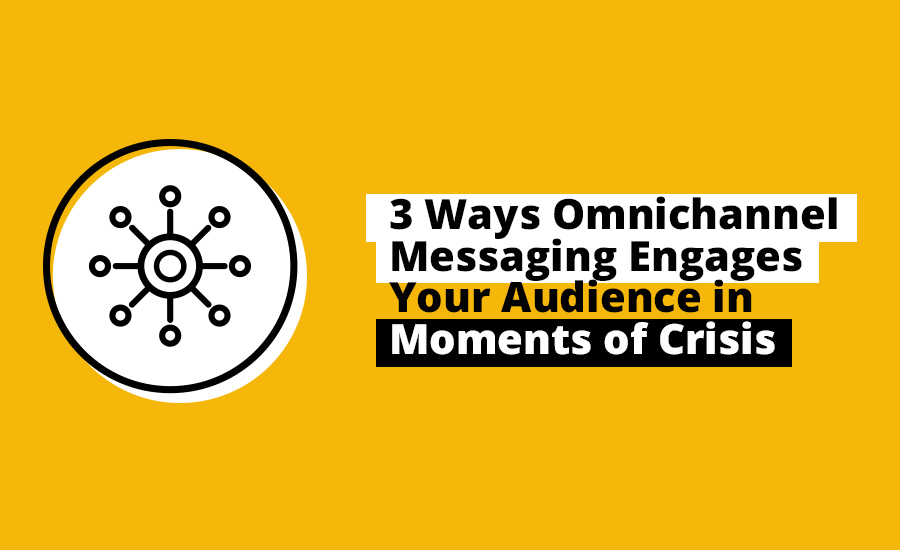
All it takes is 2 easy steps
If you're a winner, we will send you $100 Amazon gift card at Dreamforce!


Adding multiple digital channels to your communication efforts can feel like a lot of work, but it’s the best way to engage your audience, especially in moments of crisis. Omnichannel messaging allows you to reach out and keep your audience up to date seamlessly, using whatever channel each individual prefers. That means you continue to give a personal customer experience through difficult times.
Adding SMS into your omnichannel messaging can be one of the best ways to reach your audience quickly. 78% of US consumers say receiving a text message is the fastest way to reach them for important service updates. So if you haven’t already incorporated text messaging into your engagement strategy, now is the time.
With Omnichannel messaging you are able to see interactions as a single, continuing conversation, blending all message types. No more different threads for different channels. This makes your communication much easier and more seamless during times of crisis, where you don’t have bandwidth to manage multiple message flows in different channels. By keeping everything in one place you can quickly send and respond to messages with relevant information.
Using an omnichannel strategy, you can send critical updates using a channel that you know each individual uses and prefers.
Keep clients, students, patients and more up-to-date on your business status.
You want to serve your audience as best you can. Messaging helps you share new ways to access your services, special offers or webinars.
With omnichannel messaging you’ll know your key info is read since you’re using the channel your individual audience members have chosen as their preference.
Want to see how SMS-Magic Converse helps clients achieve all of this with text messaging? Reach out and we’d be happy to give you a personal tour and share examples from our clients!
Stay updated on business text messaging
Text MAGIC for Demo to
USA: 36343
AUS: (61)409564682
UK & ROW: +44 7860017509
Email: care@sms-magic.com